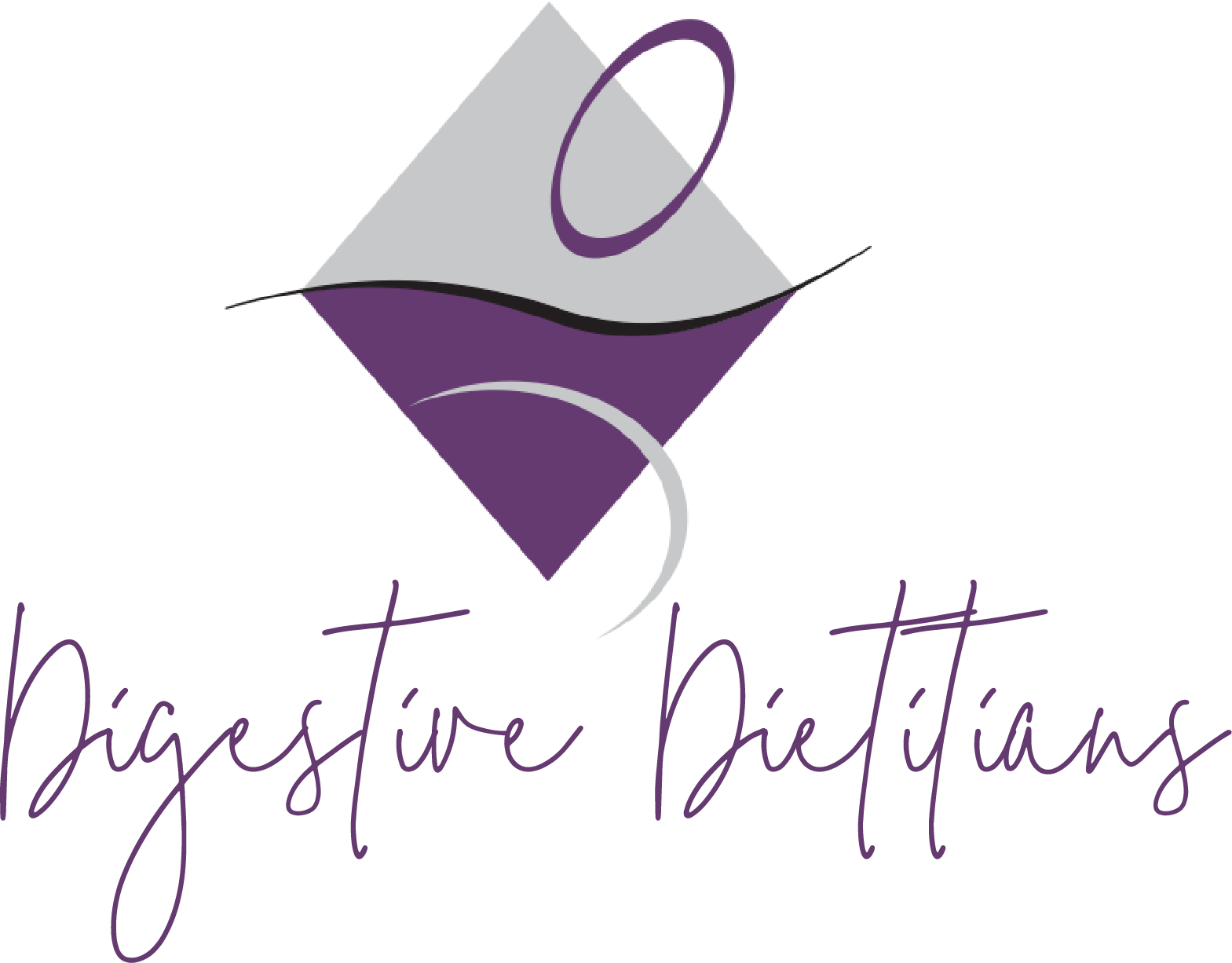
Do you want to eat healthier, but don’t know where to start? Does the idea of planning out a week’s worth of meals seem overwhelming? Then this blog is for you.
There are a lot of benefits when it comes to menu planning. It helps to keep the budget on track, it can reduce the stress of not knowing what is for dinner at 6pm, and it can help to create more variety within your diet, and increase the overall health of your diet. Although menu planning takes time, there is not just one way to do it. What menu planning looks like to different people can vary, some examples are:
- If you only have basic cooking skills, your goal may be to try to increase your cooking skills by trying new recipes/using new ingredients
- If you rely heavily on takeaway foods, you might aim to cook from scratch once or twice a week
- If you already cook every night, but your vegetable intake is low, you might like to experiment with including a vegetarian meal once a week
So, where to start. A good place is to sit down and chat with your family about their favourite meals (or what your own favourite meals are). Then try to find some healthy recipes. Some of our suggestions are:
- Australian Healthy Food Guide magazine and website https://www.healthyfood.com/
- Eat for Health https://www.eatforhealth.gov.au/eating-well/healthy-recipes
- Dietitians Association https://dietitiansaustralia.org.au/health-advice/recipes
It can also be useful to take a look at the five core food groups and aim to base your plan around these. The five food groups are: vegetables, fruits, grains/cereals, meat/alternatives and dairy foods. Ideally, you should be including a variety of foods from within each food group to help meet nutrient requirements.
When you look at starting your plan, it can be good to start with the evening meal. Try to include a serve of protein (meat, eggs, nuts, tofu, cheese, legumes) + carbohydrates (potato, sweet potato, corn, rice, pasta, bread) + vegetables/salad to ensure the meal is balanced, and aim to swap around the protein source and the type of vegetables to increase variety across the week. Some examples include a chicken stir fry + vegetables + rice, or spaghetti bolognaise + pasta + added mixed vegetables. You then also want to include a serve of each of these at lunch i.e. one small grain bread roll + cheese + salad.
Breakfast should include a protein and carbohydrate source (+ vegetables if you can manage it), think an omelette (with mushroom, tomato and spinach) + grain toast, or rolled oats + milk + fruit.
Snacks should ideally be foods that are found in the food groups. Some examples are vegetable sticks + hummus, or yoghurt, or nuts.
For more information on the core food groups, take a look here https://www.eatforhealth.gov.au/food-essentials/five-food-groups.
If the thought of planning for a whole week seems too much, start by planning 2-3 days at a time.
Once your menu is planned, write a shopping list of all the food/ingredients you will need. It can be useful to set aside some time to also do some basic meal prep (i.e. chop vegetables/fruit), although this will need to be done frequently to ensure food safely. The following are recommended times for various cooked foods that offer the best flavours, maximum nutrients, and food safety.
Refrigeration at 4°C or lower
1-2 days: Cooked minced chicken or beef
3-4 days: Cooked whole meats, fish and chicken; soups and stews
5 days: Cooked beans; hummus
1 week: Hard boiled eggs; chopped vegetables if stored in an air-tight container
2 weeks: Soft cheese, opened
5-6 weeks: Hard cheese, opened
Freezing at -18°C or lower
2-3 months: Soups and stews; cooked beans
3-6 months: Cooked or minced meat and chicken
6-8 months: Berries and chopped fruit (banana, apples, pears, plums, mango) stored in a freezer bag
8-12 months: Vegetables, if blanched first for about 3-5 minutes (depending on the vegetable)
If you would like more guidance on menu planning, get in touch. We also offer a meal planning service.
